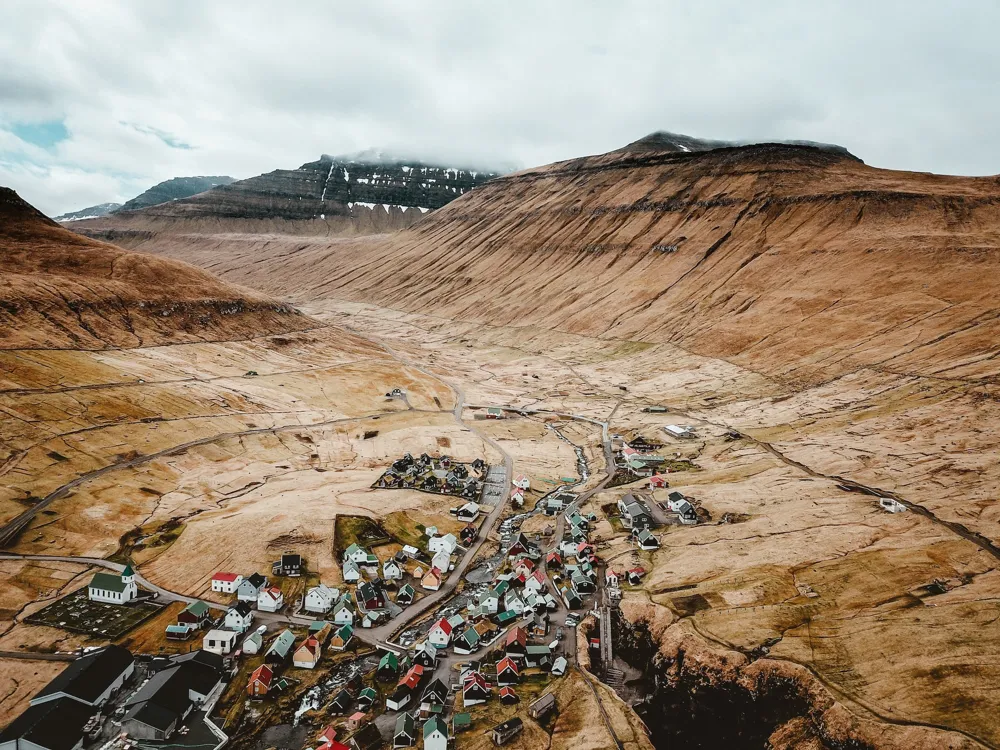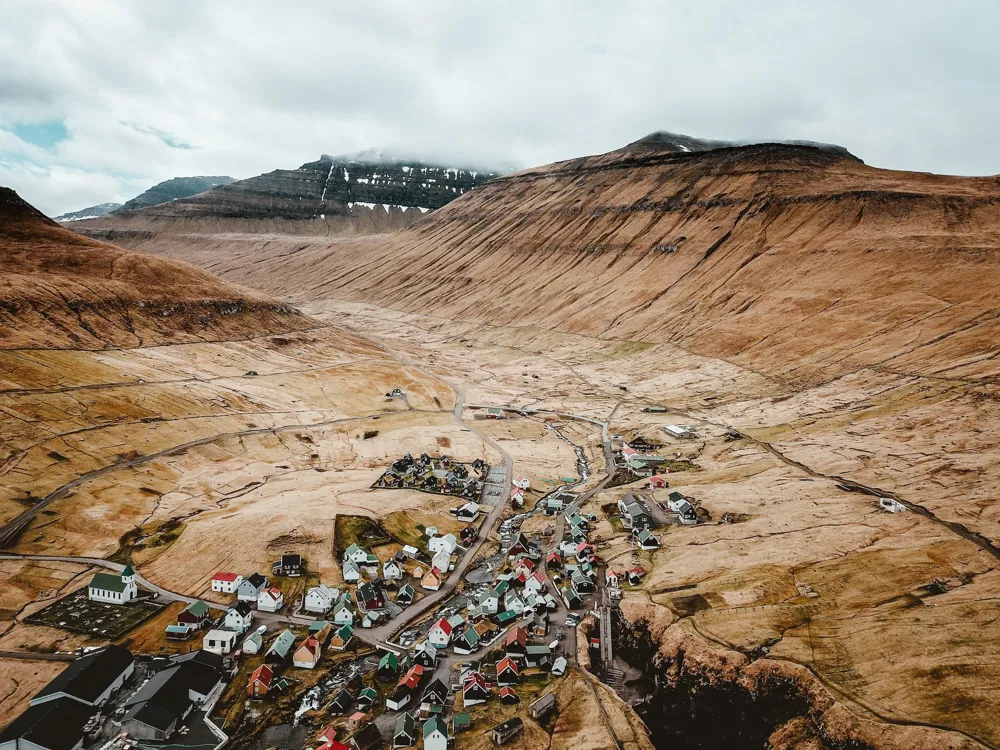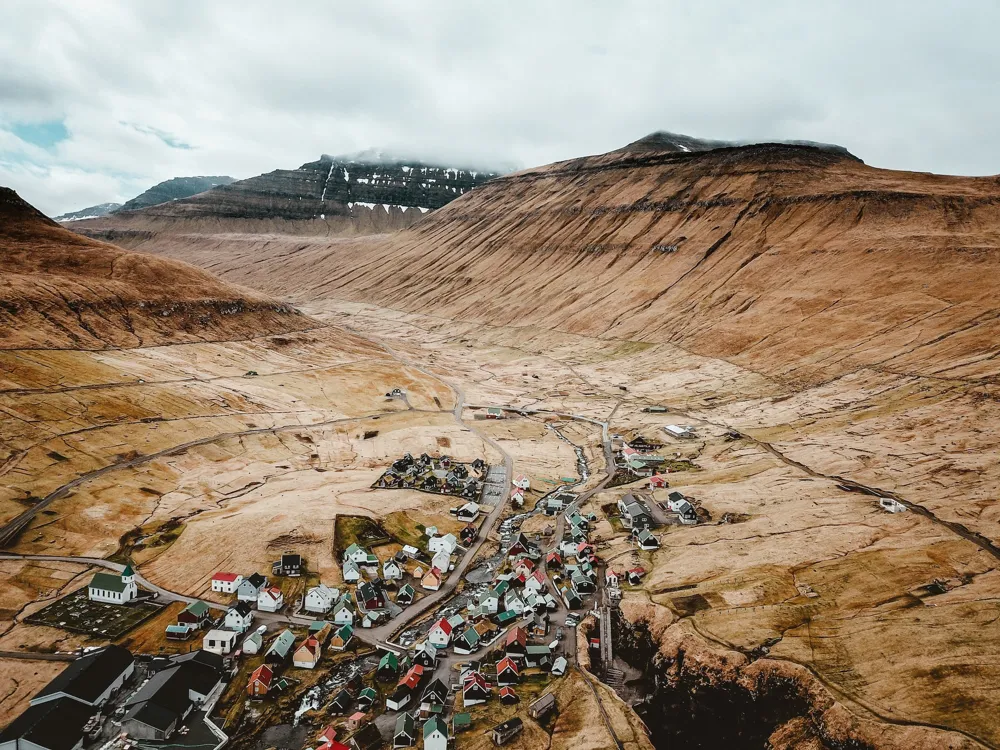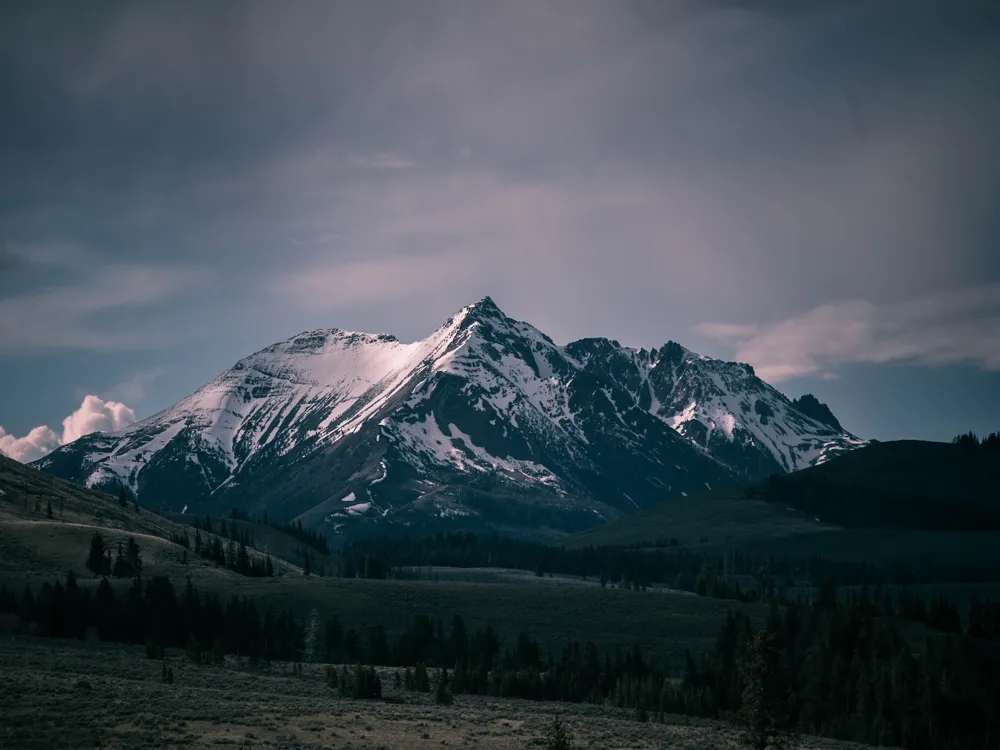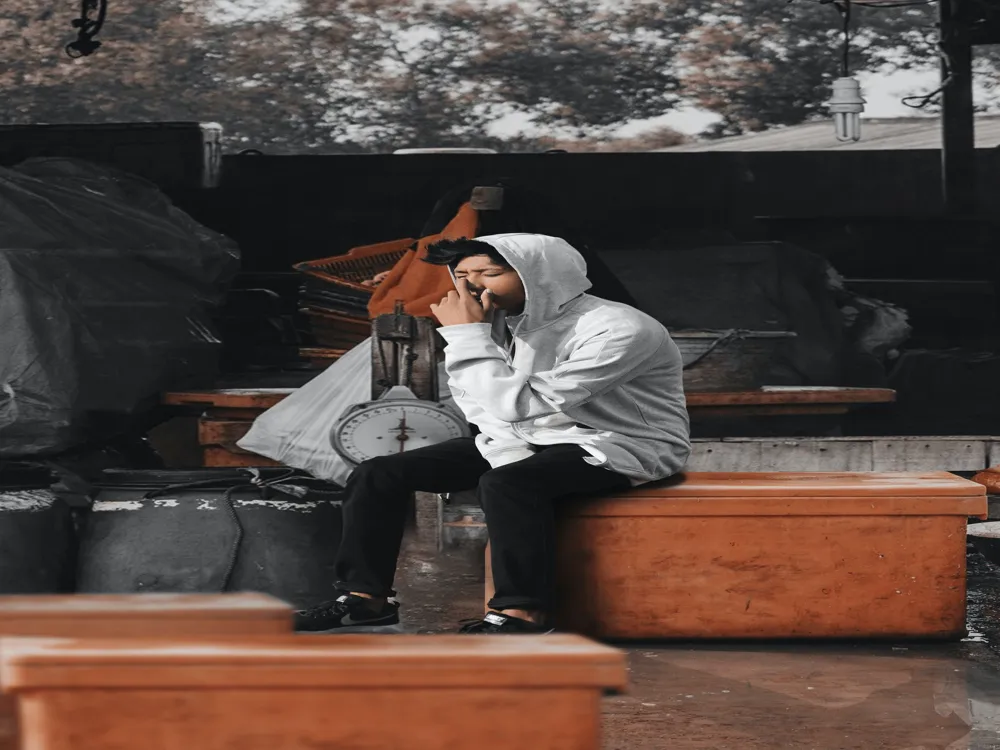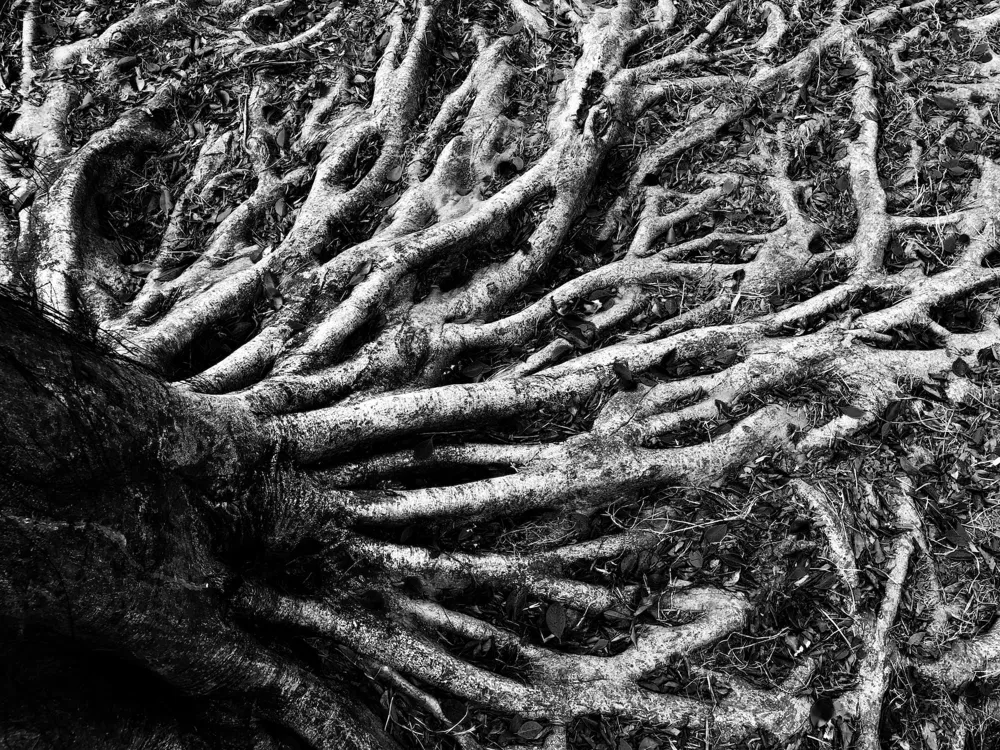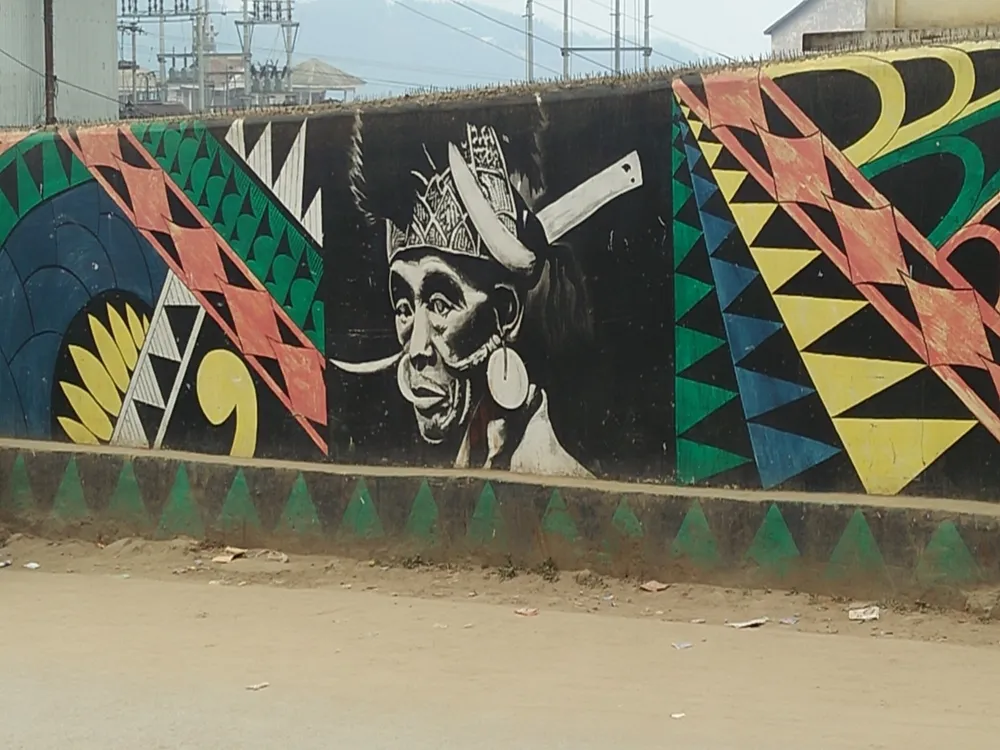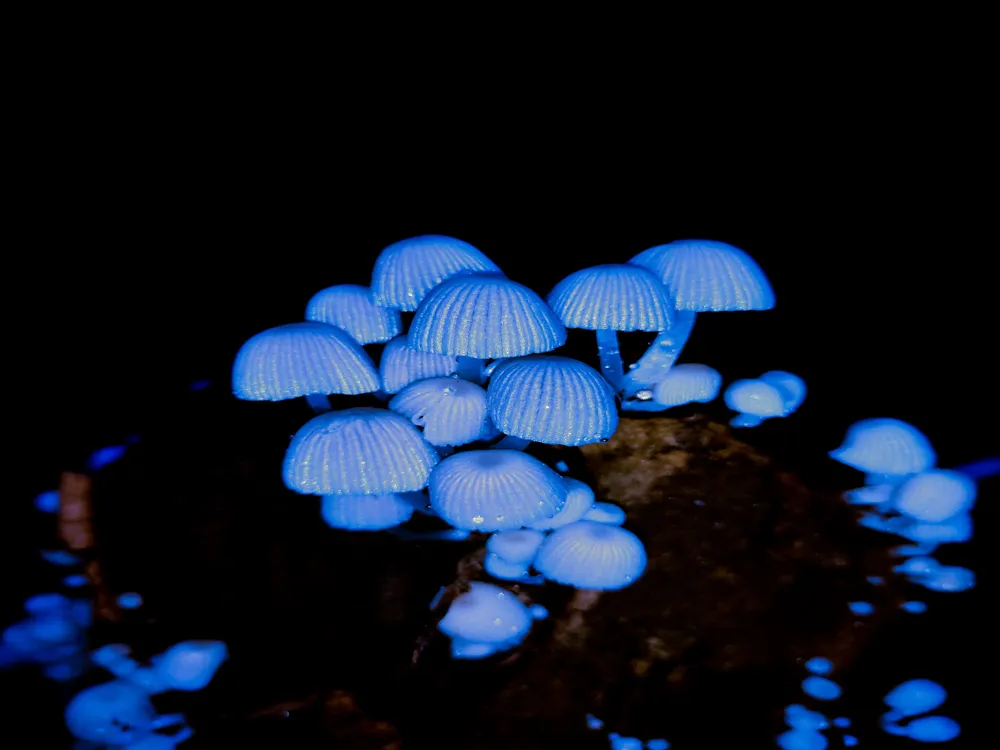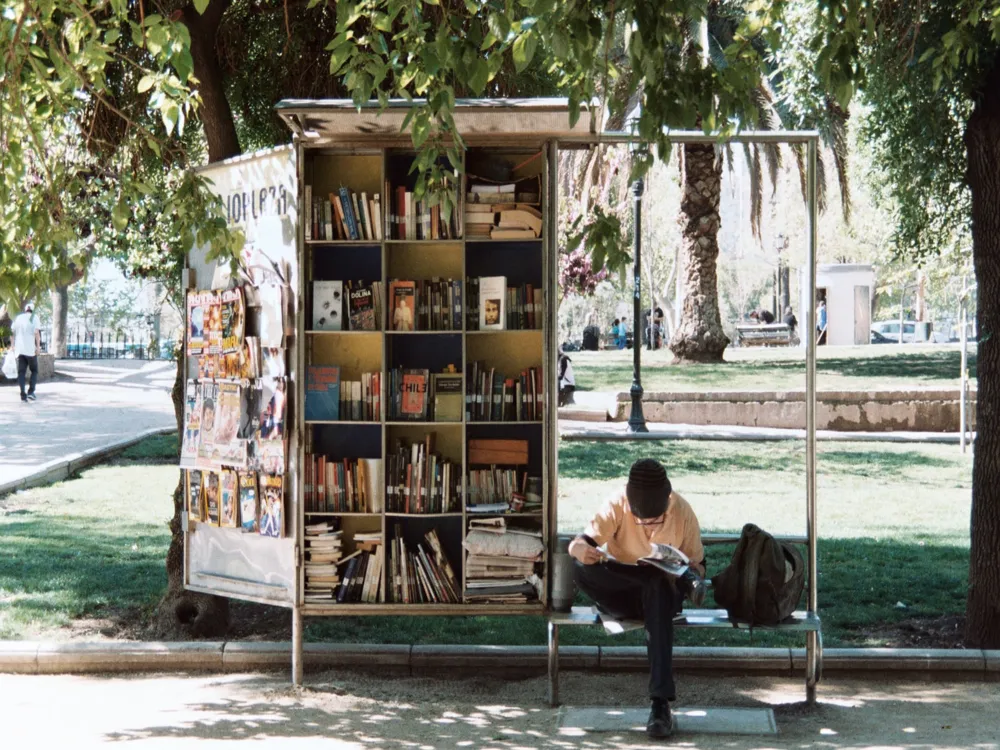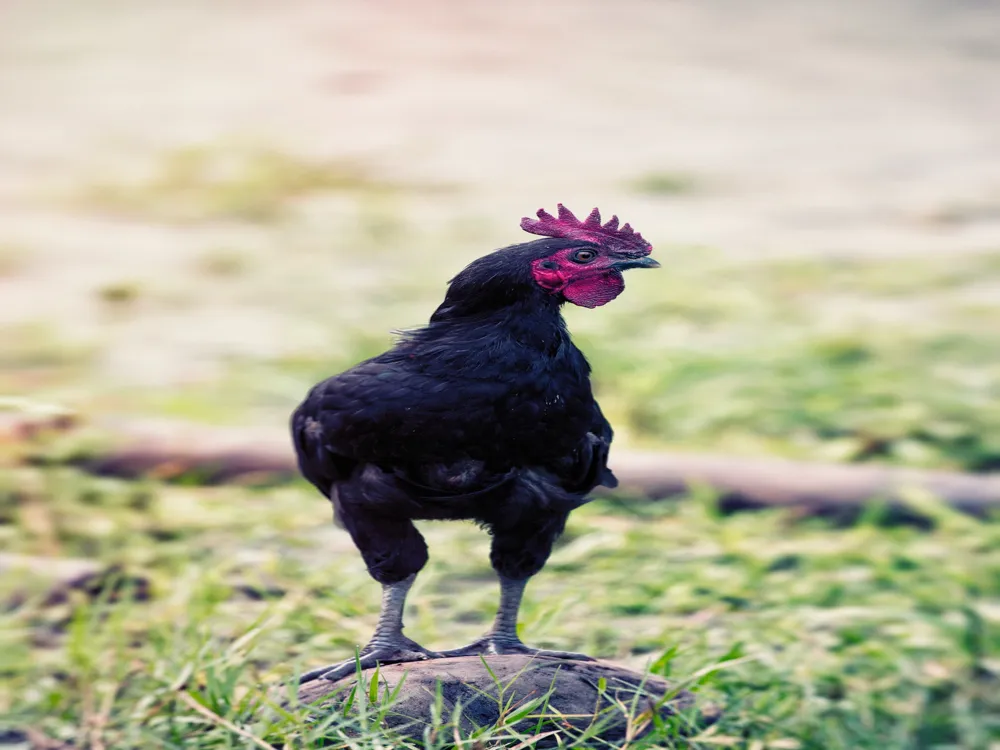Nestled in the serene hills of Mon district in Nagaland, Chenloisho Village stands as a testament to the rich culture and history of the Konyak Nagas. Known for its picturesque landscapes and vibrant cultural heritage, Chenloisho is more than just a tourist destination; it's a gateway into the heart of the Konyak community. This village, with its unique customs and traditions, offers an immersive experience into a world that has balanced modern influences with ancestral ways of life. The Konyak tribe, famous for their tattooed faces and headhunting history, are the primary inhabitants of Chenloisho. The village serves as a living museum, showcasing the ancient practices and lifestyle of the tribe. Visitors are greeted with warm hospitality and have the opportunity to witness the daily lives of the villagers, including their agricultural practices, craftsmanship, and traditional ceremonies. The village is not just a place to visit but a realm to experience the untold stories of the Konyak warriors and their rich folklore. Chenloisho is surrounded by lush greenery and rolling hills, offering a tranquil escape from the hustle and bustle of city life. The village's location provides breathtaking views and numerous opportunities for nature walks and bird watching. The climate here is pleasant for most of the year, making it an ideal destination for those seeking a peaceful retreat in nature's lap. The architectural style of Chenloisho Village is deeply intertwined with the culture and traditions of the Konyak tribe. The most prominent feature of this architecture is the Morung, a communal house that serves as a cultural hub and a place for young men to learn about their heritage. These Morungs are adorned with intricate carvings and motifs, depicting scenes from folk tales and tribal history. The carvings often feature images of animals, which hold significant symbolism in Konyak mythology. The houses in Chenloisho are predominantly made from locally sourced materials like bamboo, wood, and thatch. These materials are not only eco-friendly but also complement the village's natural surroundings. The design of the houses is such that it keeps the interiors cool during summers and warm in winters, showcasing the ingenuity of traditional Konyak architecture. The houses are usually elevated with stilts, a common feature in Naga architecture, providing protection from wild animals and floods. Another notable aspect of the village's architecture is the use of vibrant colors in their buildings. The Konyaks use natural dyes to paint their houses, with each color having its own significance. Red symbolizes bravery and strength, white stands for peace and purity, while black is used to ward off evil spirits. This use of color not only adds to the aesthetic appeal of the village but also reflects the deeply spiritual nature of the Konyak people. Chenloisho Village is steeped in rich cultural traditions. As a visitor, it's important to show respect for their way of life. This includes dressing modestly, seeking permission before taking photographs, and being mindful of local customs during your stay. The ideal time to visit Chenloisho is between October and May when the weather is pleasant. This period avoids the heavy monsoon rains and extreme summer heat, making your travel and exploration of the village more comfortable. English and Nagamese are widely spoken in the village, along with the local Konyak dialect. Learning a few basic phrases in Konyak can enhance your interaction with the villagers and show your respect for their language. The cuisine in Chenloisho is a unique blend of traditional Naga flavors. Be open to trying local dishes, which are often made with locally sourced ingredients and have distinct flavors. However, be cautious if you have dietary restrictions or are not accustomed to spicy food. Chenloisho offers homestays and guesthouses for accommodation. These provide a more authentic experience but may not have all the amenities of a hotel. Plan accordingly and carry necessary items that might not be readily available in the village. Chenloisho Village is accessible by road, though the journey can be an adventure in itself. The nearest major town is Mon, which is connected by road to major cities in Nagaland and neighboring states. From Mon, local taxis or buses can be hired to reach Chenloisho. The journey offers scenic views of the Naga hills, making the travel a memorable part of the experience. It's advisable to check the road conditions and travel advisories before planning your trip, as the roads can be challenging, especially during the monsoon season. Read More:Overview of Chenloisho Village, Mon, Nagaland
Architecture of Chenloisho Village
Tips When Visiting Chenloisho Village
Respect Local Customs and Traditions
Best Time to Visit
Language and Communication
Local Cuisine
Accommodation and Facilities
How To Reach Chenloisho Village
Chenloisho Village
Mon
Nagaland
NaN onwards
View mon Packages
Mon Travel Packages
View All Packages For Mon
Top Hotel Collections for Mon

Private Pool

Luxury Hotels

5-Star Hotels

Pet Friendly
Top Hotels Near Mon
Other Top Ranking Places In Mon
View All Places To Visit In mon
View mon Packages
Mon Travel Packages
View All Packages For Mon
Top Hotel Collections for Mon

Private Pool

Luxury Hotels

5-Star Hotels

Pet Friendly







